
German brand Rotwild (red deer in English) have a long history in MTB but for the past seven years they’ve been solely developing electric mountain bikes. The radical new R.X275 is the latest launch and opens up the potentially super exciting prospect of “E-Assist’ trail bikes are lighter than some standard enduro bikes. So how have they created such a super light, motor and battery hiding machine and how does it ride?
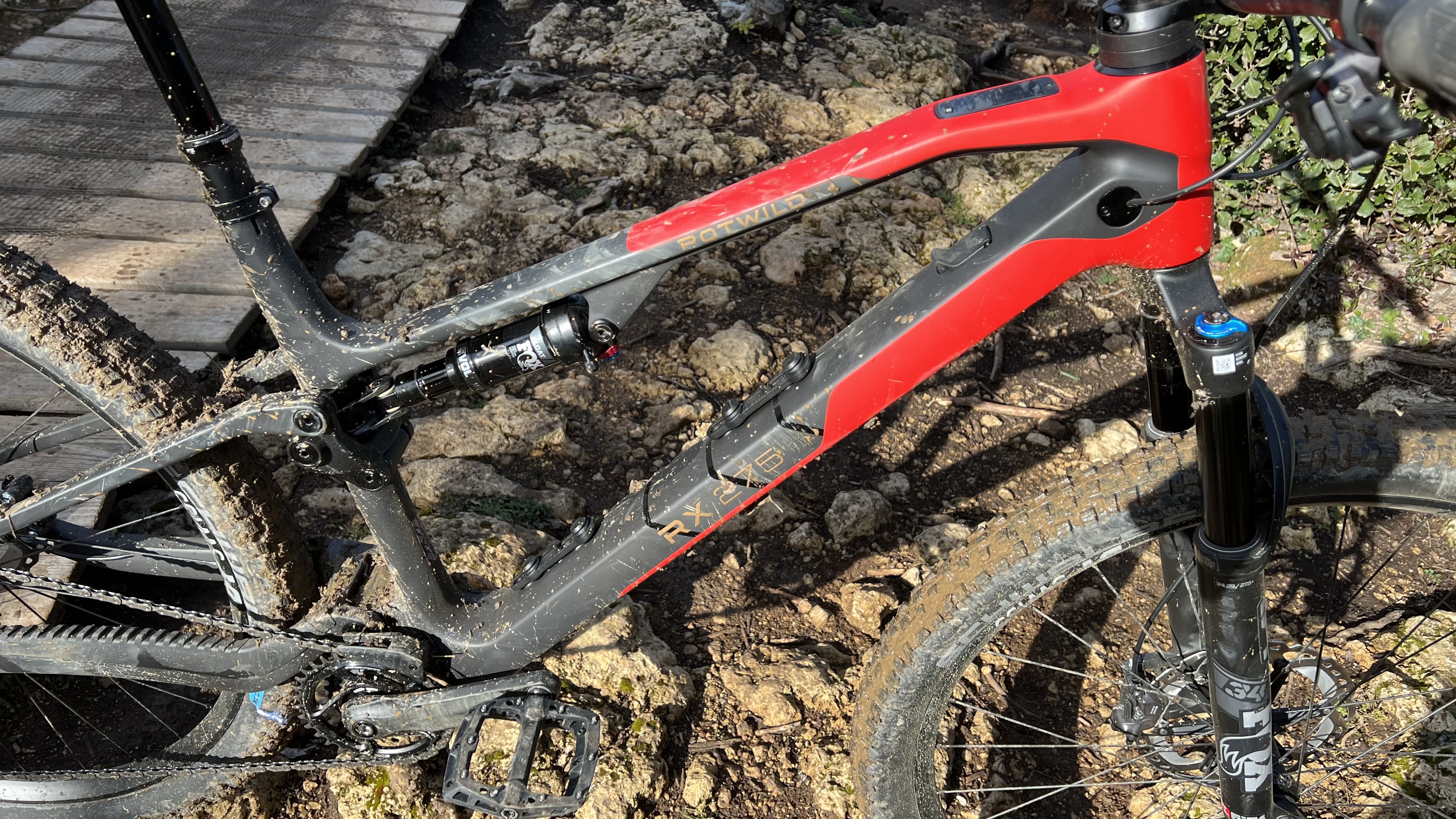
Design and geometry
Before you start reading the words, have a good look at that intro picture. I mean look at it. Surely that has to be the least e-bike looking e-bike ever? Rotwild haven’t just arrived at that level of stealthy sleekness accidentally either, it’s been a two year focus for the brand. The super flat and shallow 250wh battery is fully custom and even has cable/hose slots molded into it so you don’t need internal trunking. The carbon frameset wrapped around it only weighs 2420g for a medium with Fox Float shock and all the trimmings (1850g ‘naked’), which is significantly lighter than most conventional frames with 120mm of travel. Obviously the bottom bracket area is the motor, but still that’s damn light and no one packs power more densely into a low weight, minimal volume engine like space robot engineers (yes really) TQ do. Short linkages and a flex stay rather than full pivot rear keep weight down too, and the rear brake mount is flat mount for flex stay clearance. While weight is obviously a focus, you still get practical touches like a ribbed rubber protector on the asymmetric drive side chain stay and the TQ display embedded flush with the top tube. Cables/hoses can feed into the frame sides or through the headset depending what bars and stem you run. Two Fidlock magnetic mounts on the downtube let you carry a bottle /or tool pack together with Rotwild’s 160wh range extender battery.
The low lean looks emphasize suitably progressive geometry with a 66-degree head angle, very steep 77.5-degree effective seat angle and 485mm reach on the large I tested. The ultra compact motor means the chainstays can be made super short at 437mm while still leaving clearance for a 2.4in tire. Sizing currently ranges from S-XL with the same black and red colour way on both complete bike options.
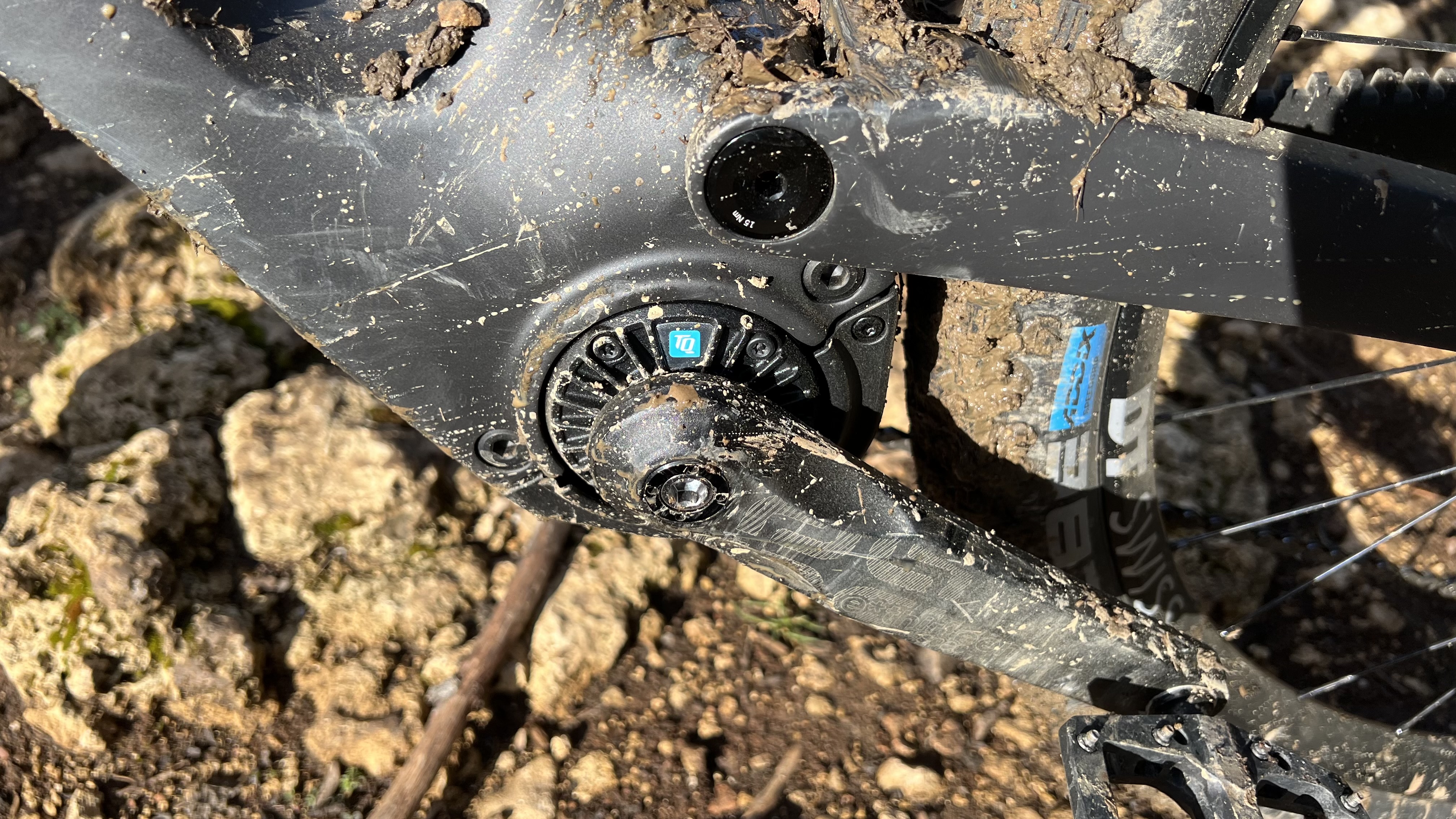
Components and build
Being a small company, Rotwild have kept things nice and simple with the builds. The Pro I tested is based around Shimano XT with an alloy E-13 E-bike crank, Fox Performance Elite grade suspension and alloy DT Swiss Hybrid wheels running Schwalbe Nobby Nic and Wicked Will tires. A Fox Performance Elite Transfer SL dropper post, Ergon seat and grips, conventional 50mm stem and Rotwild’s own carbon bar complete the €9,500, 16.7kg (large) package.
If you’ve got €12,500 to spare then the Ultra version runs Shimano XTR with a carbon E-13 E-bike crank, Fox Factory grade suspension and Transfer SL dropper post rolling on DT Swiss carbon rim Hybrid wheels. It also gets Rotwild’s own RIC 280 one piece carbon bar and stem system That drops weight to an even more headline grabbing, hill shrinking 15.5kg for a medium bike without pedals.
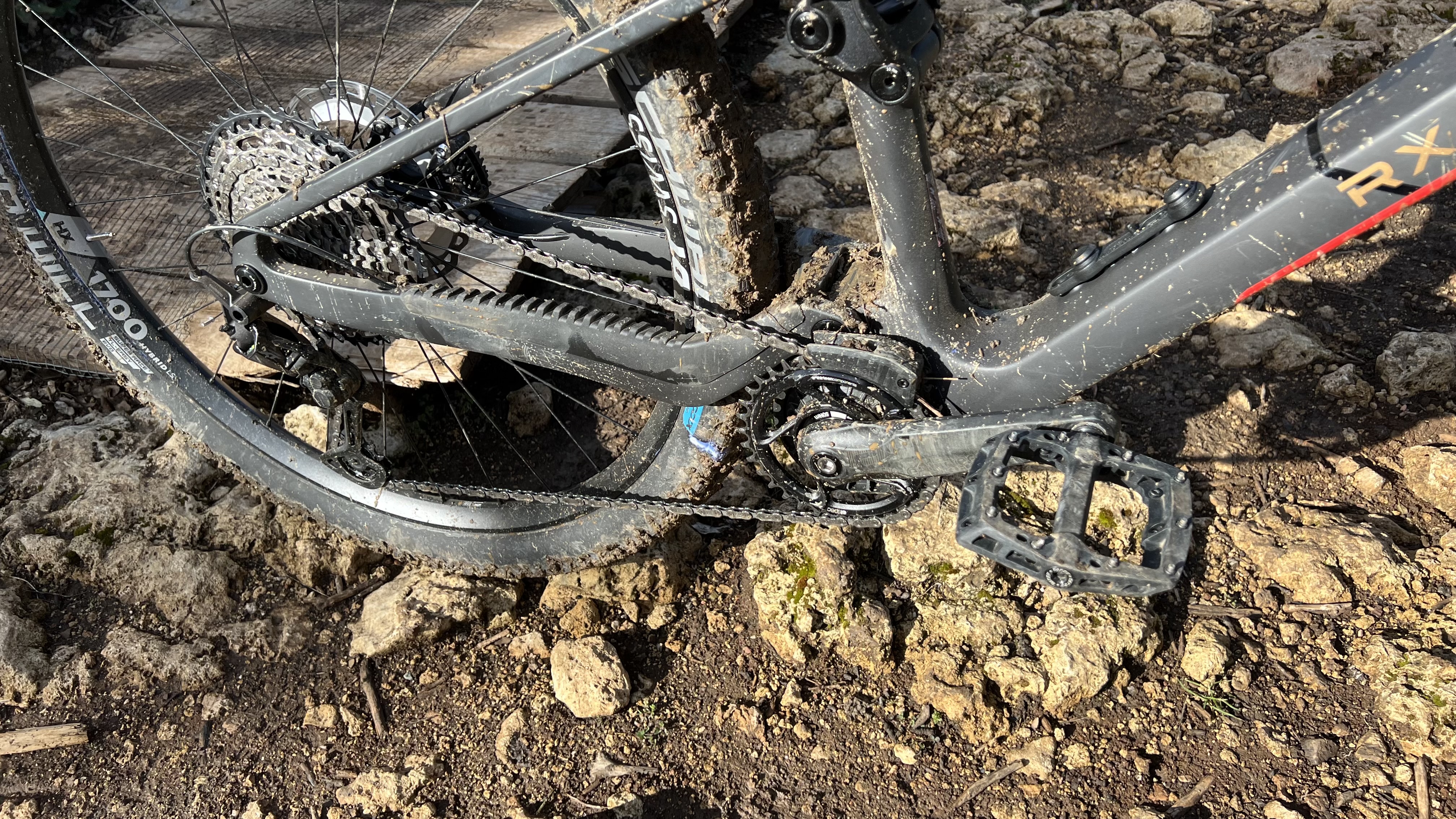
Ride, handling and performance
The weight of the bike obviously dominates first 'pick it up in the demo area’ impressions, but delivering on the potential of Rotwild’s frame and battery work and the harmonic pin ring driver TQ motor goes a lot deeper than that.
As you roll out of the car park those fast Schwalbe tires and the zero drag from the free spinning cranks makes pushing past the nominal 25kph cut off point super easy on the road and it’s equally responsive when you’re using the big 34 tooth chainring to crank in some extra descending speed too. The TQ is outstandingly subtle in the way it comes in and out of drive too, there’s minimal delay when you start pedaling compared to a Fazua motor. It picks up progressively from a really wide pedal cadence range and it’s essentially silent too, so you’ll ease past riders without them having any clue they’ve been murdered by motor.
Some of that smoothness comes from the fact that Rotwild have reduced power from the TQ motors default 300W setting used in Scott Lumen and Trek ExE bikes to a 200W normal top out. However, they have added a tiny Boost paddle inboard of the left grip that increases power to 300W for as long as you press it forwards up to 30 seconds. Add in the steep seat angle and a very efficient rather than wallowy feeling back end, and once you get into the habit of using that booster the R.X275 is seriously quick up hills. Especially on tighter, technical switchback trails where agility and poise are more important than brute power. Even when the trail did open up into a fire road drag, the three rider referencing power profiles let you choose how much better you want your legs to feel than normal. The OLED display in the top tube will even display the amount of wattage you’re contributing which is really useful if you’re used to Zwift or working with a pacing/training plan. It goes without saying that all the power options stop well short of superhuman spin the rear wheel up anything levels, but if that’s what you’re after look at Rotwild’s RX 375 or 735 bikes with Shimano EP8 motors.
Backing off the baseline power is essential to get a decent run time out of the tiny battery but even with lots of Boost bursts to drop full power e-bikes on the steep and twisty ‘Spaghetti’ climb back to the top of the trails I got a couple of hours of high speed hammering before it was close to automatically going into a 10 percent left ‘limp mode’. Testers taking a more leisurely approach were getting a full afternoon on the hill too and the range extender adds another 50 percent more juice. The software is also set up to drain the range extender first so if you’re riding laps or an out and back route you can use it up, stash it somewhere and then pick it up again when you’re heading home.
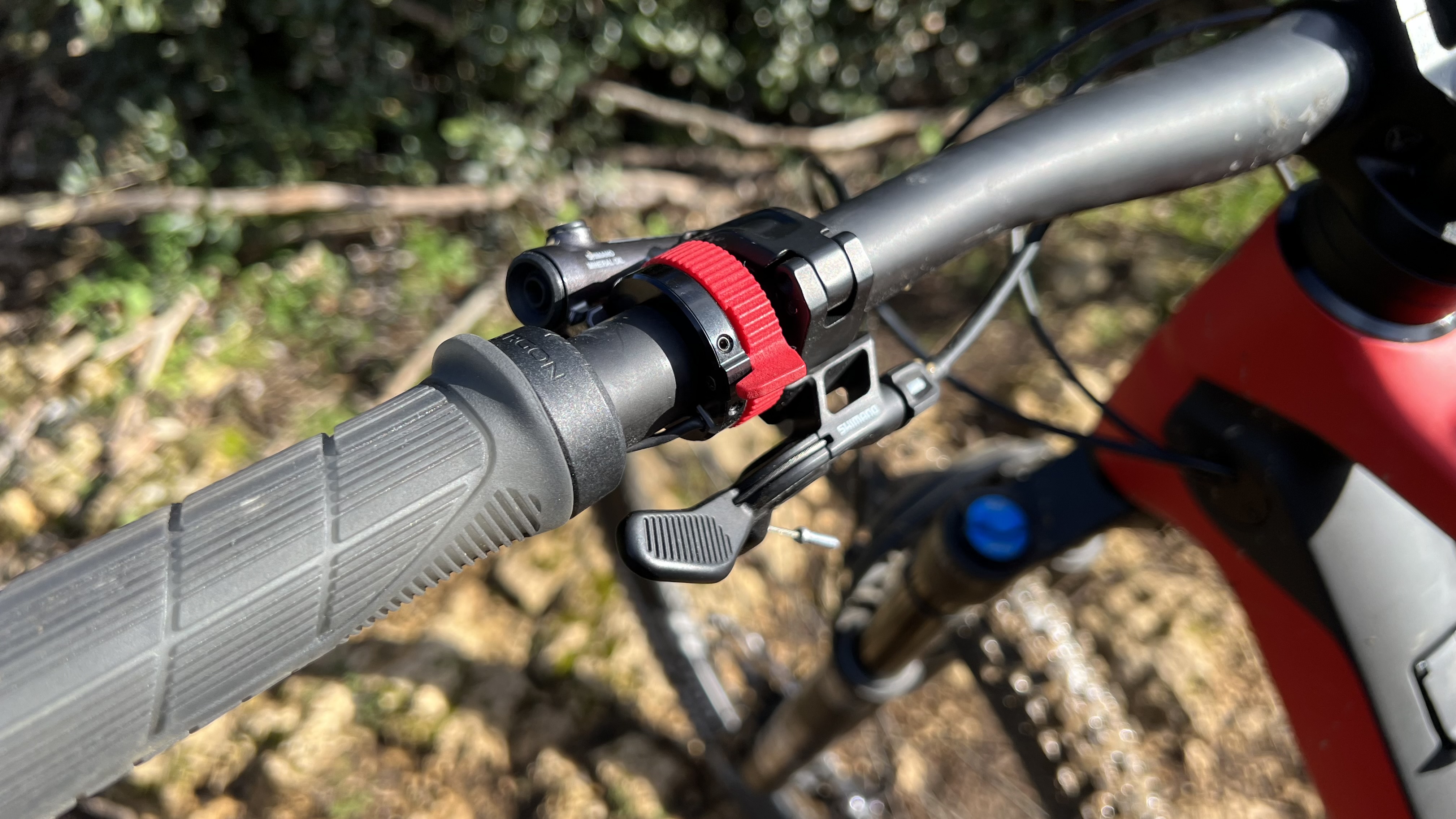
While the weight and power/range of an e-bike will always take up a lot of review consideration, we’re now at a point where most bikes are OK, so handling, suspension and ride dynamic really matter. I’ve already talked about how poised and efficient the Rotwild felt on twisting, technical climbs but the short back end and tight feel makes it easy to hip shift around anywhere. Combined with the easy sliding Wicked Will rear that meant I could really load up the grippier, more stable front end and drive the R.X275 surprisingly hard in pursuit of bigger travel bikes on twisty, technical enduro grade descents that I was riding blind. The stability of the long reach and precise feel from the 35mm diameter cockpit played a big part in delaying sphincter twitch when speeds and stakes got really high, and while the rear suspension isn’t plush, it stays on track very well for only 120mm of wheel movement. The consistently controlled feel and accurate tracking gives you plenty of feedback and precision response to work with when you’re threading through serious threats or just pushing and popping from every available accelerative or launchable feature too. Careful rear brake positioning and a mid sized 180mm rotor meant heavy braking didn’t upset composure either, although the rear tire couldn’t handle a big handful without sliding anyway.
While it’s a set of fresher climbing legs when you need it and more capable than you’d expect on challenging descents, where the R.X275 really excels is on high speed ‘hustle’ trails. Even without using boost, you come out of every corner and up each little kicker climb faster and easier and stutter bumps are easier to skim over rather than get bogged down in. Nudging that red ‘nitrous’ paddle can get things properly fast and furious too, which is where the progressive geometry and supportive suspension really get to do their best work.
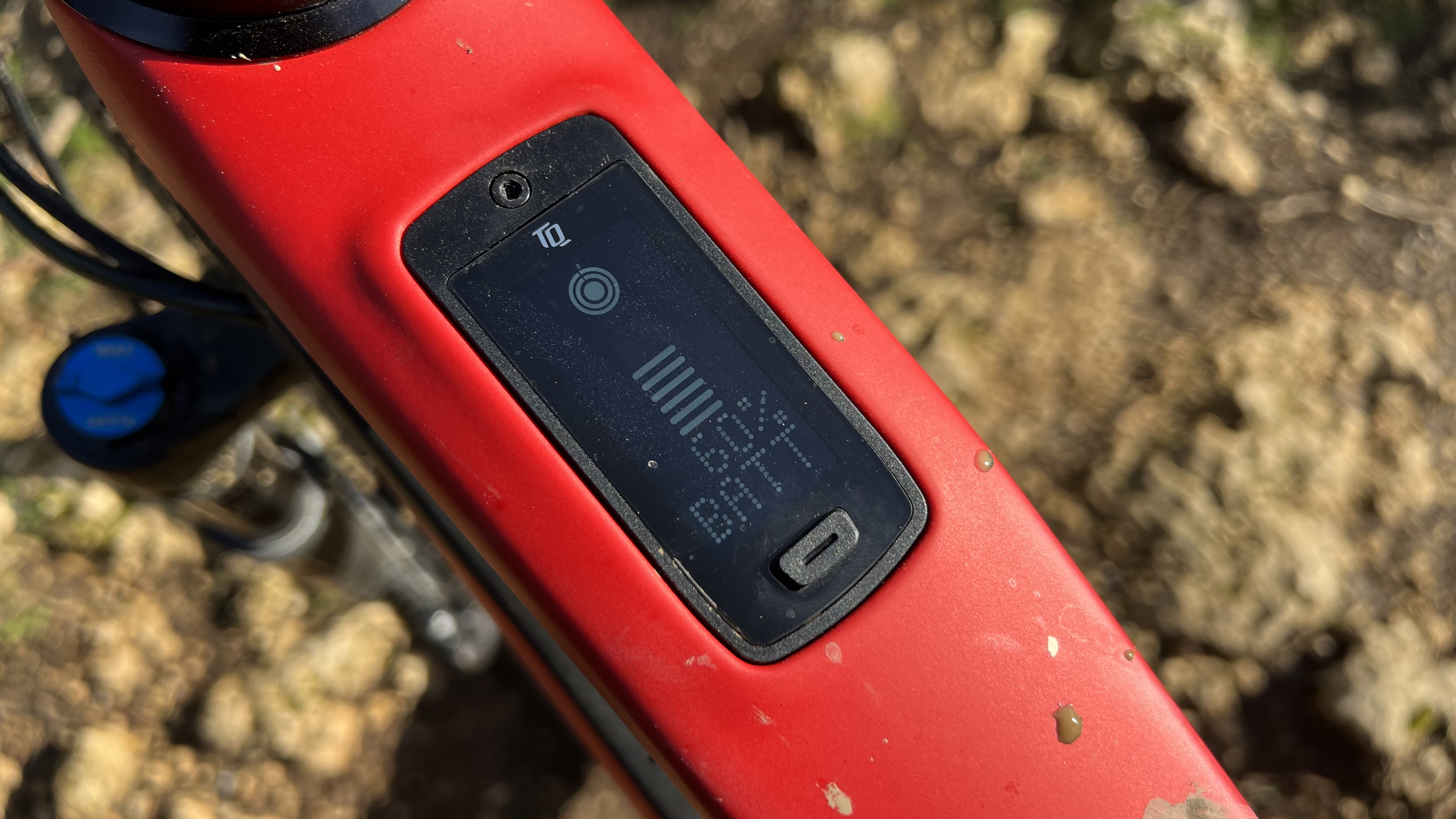
Verdict
If you’re a full boost fiend who wants a self uplift, electric MX bike with lots of trail crushing travel then the R.X275 is clearly not for you. That market is already seriously crowded though and Rotwild have their own contenders in play there already. Where this red and black disruptor and it’s unique power presentation thrives is on those rides where you’d wished you’d done a couple of months of serious training. That fitness kick you always promise yourself every January that’ll let you twist the knife in your ‘mates’ legs and lungs on climbs or contouring singletrack, clean crux sections you’ve never managed before and get more laps into your lunchtime, after work or weekend morning session.
The really impressive bit is that they’ve packaged it with a rally tuned suspension feel, track day handling precision and fitness/skill flattering weight that all sync together superbly on the singletrack. The way they’ve kept the bars clean, given space for two bottles and the spec they’ve chosen from the lightweight two-position Transfer SL dropper to the super quick, just grippy enough tire choice is spot on, in my opinion, and with Shimano and DT Swiss handling the miles that’s another worry off your mind. It's worth noting that Scott's Lumen has similar geometry and travel and uses the same motor but with more power and a bigger battery at potentially similar weights depending on price points.
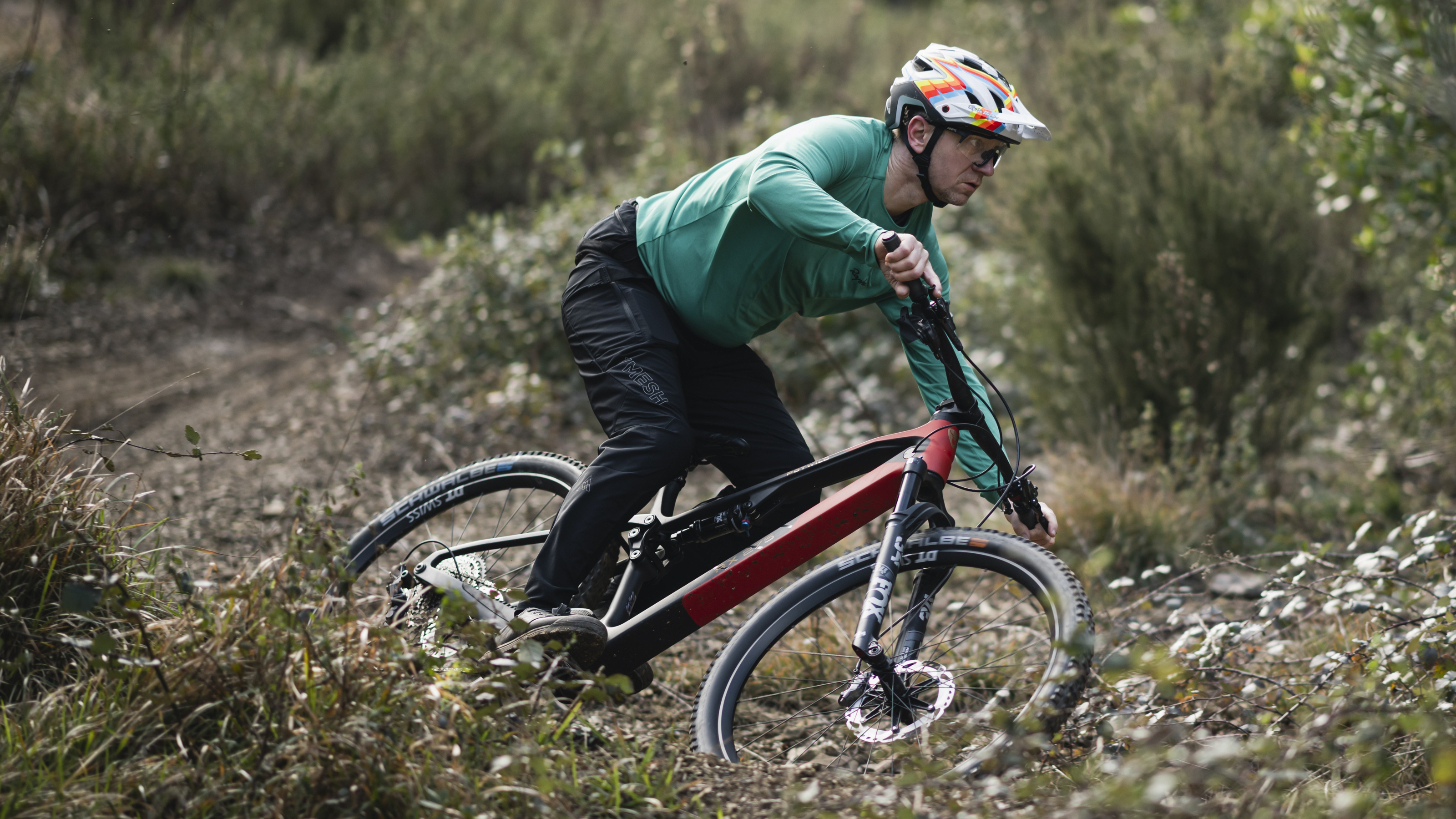
Tech specs: Rotwild R.X275 Pro
- Discipline: Trail
- Price: €9,499
- Head angle: 66 degrees
- Frame material: 6061 alloy
- Fork: Fox 34 Float Performance Elite, 130mm travel
- Shock: Fox Float DPS Perfomance 190 x 45 mm / 3-Pos / Evol / EV 120mm travel
- Motor: TQ HPR 50
- Battery: IPU 275
- Size: XS, S, M, L (tested), XL
- Weight: 16.7kg (large without pedals)
- Wheel size: 29x2.4in
- Chainset: e*thirteen Plus 34T, 170mm crank with TQ bottom bracket and e*thirteen TRS Plus chain guide
- Mech: Shimano XT 12-speed
- Shifter: Shimano XT 12-speed
- Cassette: Shimano XT 12-speed 10-51T
- Brakes: SRAM DB8 hydraulic disc with 180mm rotors
- Tires: Schwalbe Nobby Nic Super Ground Addix Speedgrip 29x2.4in front and Wicked Will Super Ground Addix Speedgrip 29x2.4in rear
- Wheels: DT Swiss HX1700 LS Spline 30
- Bar: Rotwild B220 Carbon 780mm
- Stem: Rotwild 50mm
- Seatpost: Fox Transfer SL 150mm dropper
- Saddle: Ergon SM Pro







